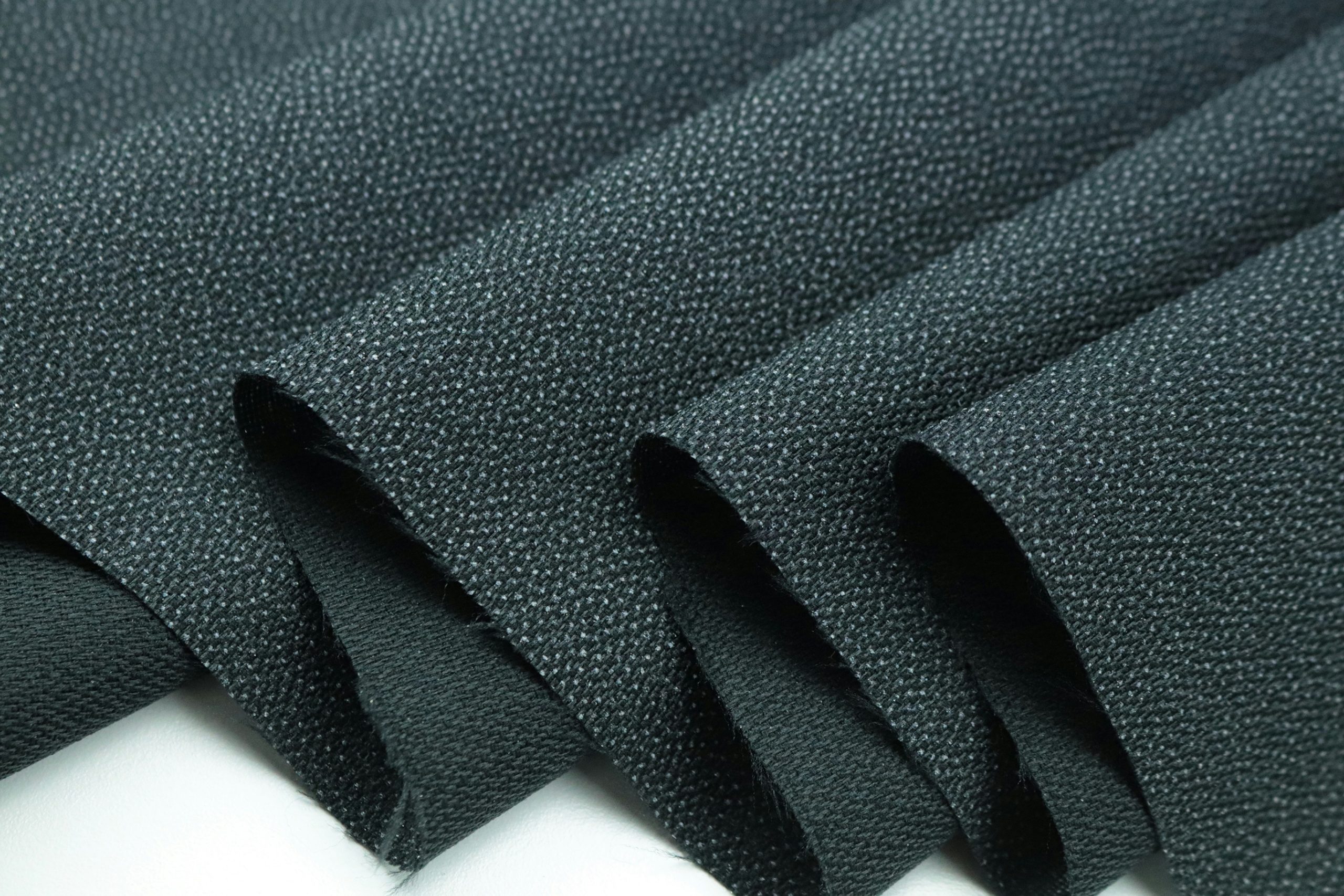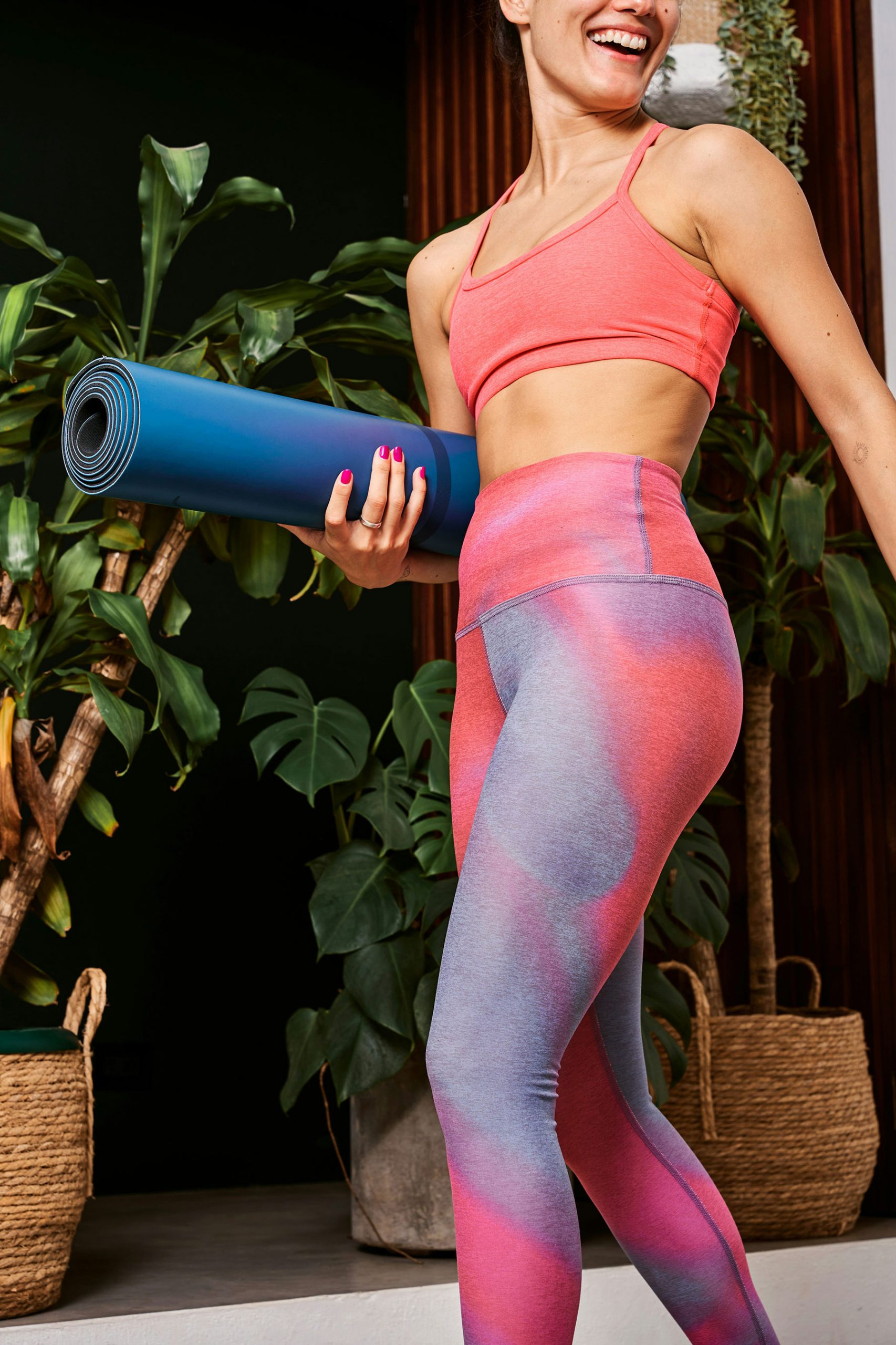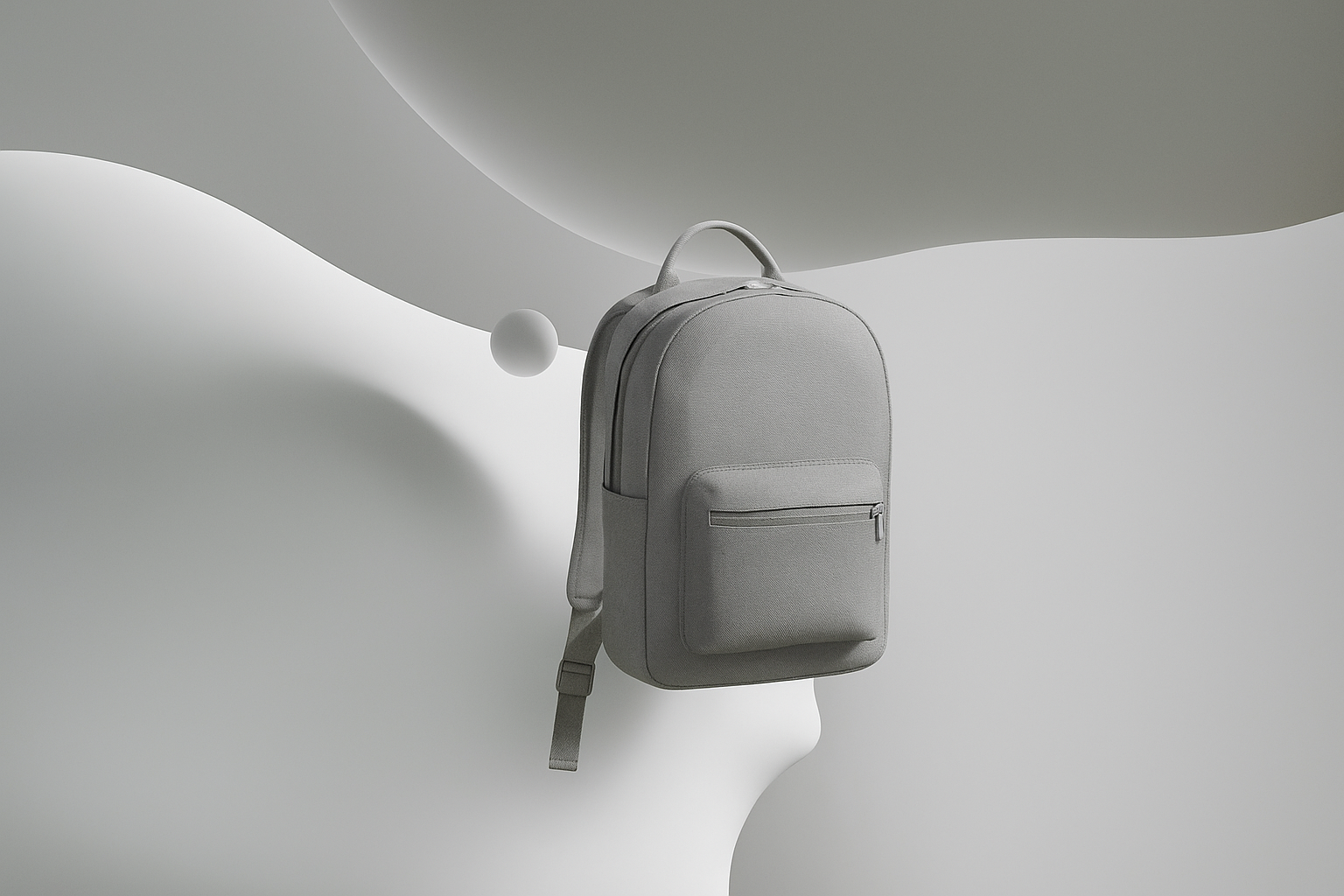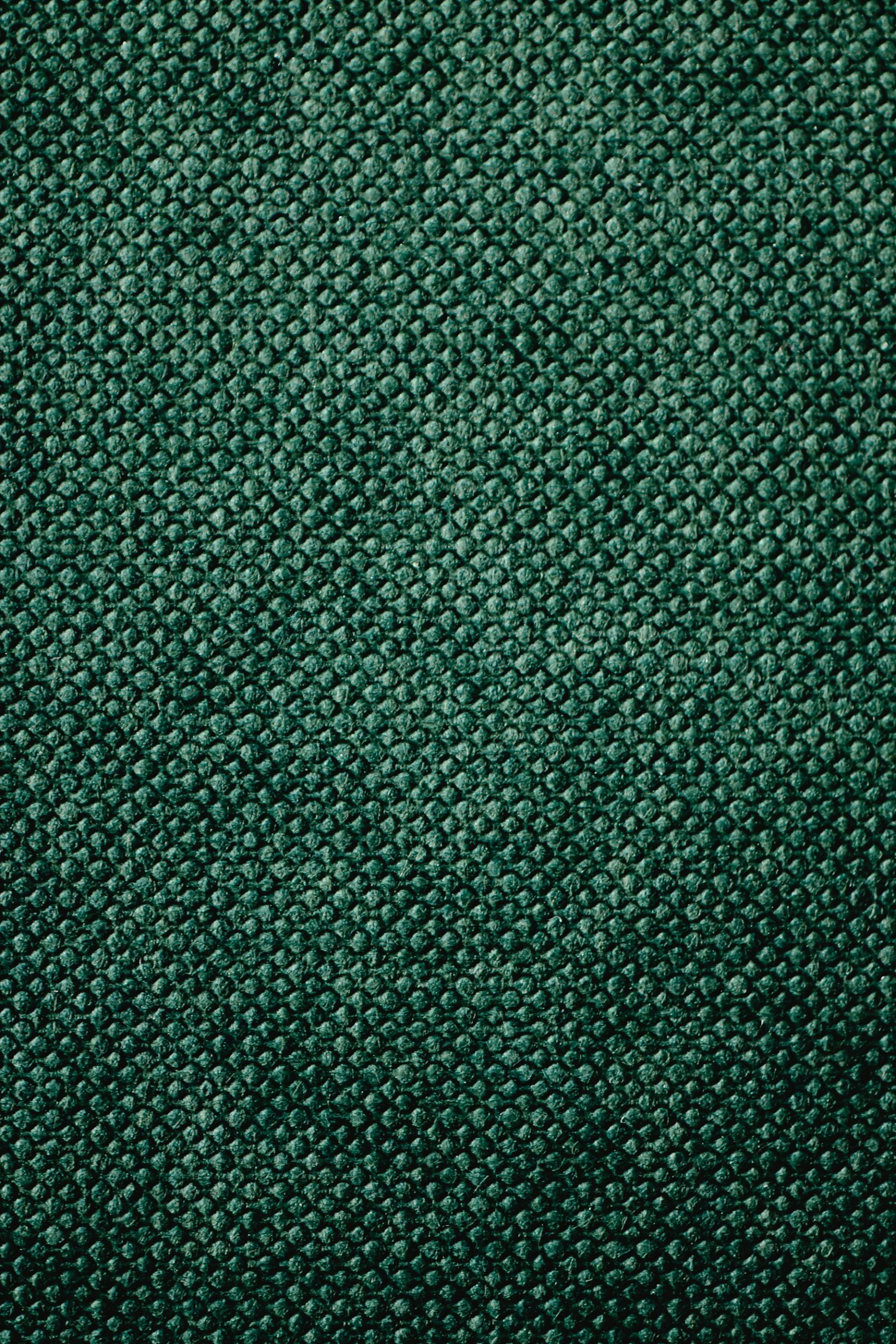Choosing the right bag isn’t just about style or size – it’s fundamentally about the materials that determine durability, functionality, and longevity. Whether you’re investing in a premium leather briefcase or seeking an ultralight hiking pack, understanding material properties empowers you to make informed decisions that align with your lifestyle and budget.
As someone who’s tested hundreds of bags across every category, I’ve learned that material selection often makes the difference between a bag that serves you for decades and one that fails after months of use. This comprehensive guide breaks down 50 essential bag materials, helping you decode marketing terms and identify the perfect material for your specific needs.
Why Material Matters More Than You Think
The material of your bag impacts everything from how it ages to how it performs in different weather conditions. When it comes to durability, Cordura and Ballistic Nylon are champions, while leather remains the gold standard for luxury, high-end products. Understanding these materials helps you invest wisely rather than repeatedly replacing failed bags.
Modern bag manufacturing has evolved dramatically, with innovative recycled materials like those made from 50% recycled fishing nets and 50% recycled industrial nylon offering both environmental benefits and exceptional performance. This evolution means today’s conscious consumers can choose materials that align with their values without sacrificing quality.
The Science Behind Bag Material Performance
Before diving into our comprehensive list, let’s understand the key performance metrics that separate exceptional materials from mediocre ones:
Denier Rating: This measures fiber thickness – higher denier typically means increased durability and weight. 210D nylon offers lightweight affordability, while premium options like X-Pac and Gridstop fabrics strike a good balance between durability, weight, and water resistance.
Water Resistance vs. Waterproof: Water-resistant materials repel light moisture, while waterproof materials create complete barriers. Nylon fabric offers natural water resistance, while PVC tarpaulin provides 100% waterproof capabilities.
Abrasion Resistance: Critical for high-wear areas like bag bottoms and strap attachment points. Cordura® nylon stands out with excellent durability and abrasion resistance, making it prime for heavy-duty applications.
50 Essential Bag Materials: Complete Guide
Synthetic & Technical Fabrics (1-20)
1. Cordura Nylon The gold standard for durability in technical bags. Originally developed by DuPont, this fabric resists tears, scuffs, and abrasions while maintaining reasonable weight. Found in premium outdoor and tactical bags.
2. Ballistic Nylon 1680D CORDURA® Ballistic Nylon provides exceptional durability and water-resistance with a sleek appearance suitable for any setting. Originally developed for bulletproof vests, it’s now the choice for executive briefcases and laptop bags.
3. Ripstop Nylon Features reinforcing threads woven in a crosshatch pattern to prevent tears from spreading. Essential for ultralight backpacking gear where every gram matters.
4. X-Pac Fabric A laminated sailcloth featuring an X-ply reinforcement grid. X-Pac versions offer lightweight alternatives while maintaining durability, popular among minimalist carry enthusiasts.
5. Polyester Versatile synthetic offering good UV resistance and colorfastness. Synthetic alternatives like polyester provide unique benefits for long-term usage.
6. Canvas (Synthetic) Heavy-duty woven fabric offering excellent durability. 400D double poly-coated and DWR-impregnated nylon canvas provides high durability and water-resistance.
7. Oxford Cloth Plain weave fabric typically made from polyester or nylon, offering good durability at reasonable cost.
8. TPU (Thermoplastic Polyurethane) Flexible waterproof coating that doesn’t crack in cold weather. Essential for outdoor gear requiring complete weather protection.
9. Dyneema (Cuben Fiber) Ultra-high molecular weight polyethylene offering incredible strength-to-weight ratio. The choice for ultralight hiking where ounces matter.
10. VX-21 Technical laminate combining Cordura face fabric with waterproof backing, popular in high-end tactical and everyday carry bags.
11. Neoprene Synthetic rubber excellent for electronics protection, offering padding and water resistance for laptop sleeves and camera cases.
12. Kevlar Aramid fiber known for cut-resistance and strength. Used in specialized applications requiring maximum protection.
13. Spectra High-strength polyethylene fiber offering excellent abrasion resistance in lightweight applications.
14. Tarpaulin Heavy-duty waterproof material perfect for gear that faces harsh weather conditions.
15. PVC Completely waterproof plastic material, essential for marine applications and extreme weather protection.
16. Vinyl Synthetic material offering complete waterproofing with easy cleaning properties.
17. Microfiber Ultra-fine synthetic fibers offering smooth texture and stain resistance.
18. Hypalon Synthetic rubber resistant to UV, ozone, and chemicals. Premium choice for marine and industrial applications.
19. Gridstop Lightweight ripstop variant with enhanced tear resistance through grid reinforcement pattern.
20. Robic Fabric High-strength nylon offering excellent durability-to-weight ratio in technical applications.
Natural Materials (21-35)
21. Full-Grain Leather The premium leather grade using the entire grain layer. Ages beautifully and offers unmatched durability. Perfect for luxury briefcases and heritage bags.
22. Top-Grain Leather Second-highest leather grade with surface sanding for uniformity. Balances quality with affordability.
23. Vegetable-Tanned Leather Leather processed using natural tannins, developing rich patina over time. Environmentally preferable to chrome-tanned alternatives.
24. Crazy Horse Leather Waxed leather with vintage appearance that develops character through use. Popular for rustic and heritage-style bags.
25. Nubuck Leather Top-grain leather buffed to create soft, velvet-like surface. Requires careful maintenance but offers luxurious feel.
26. Suede Leather with napped finish offering soft texture but requiring protection from moisture and stains.
27. Pull-Up Leather Oil-treated leather that lightens when stretched, creating natural distressing patterns.
28. Cork Natural bark material that’s waterproof, lightweight, and sustainable. Gaining popularity in eco-friendly bags.
29. Cotton Canvas Heavy-duty natural fiber fabric offering breathability and classic aesthetic. Canvas remains one of the best materials for long-lasting bags due to its extreme durability.
30. Hemp Durable natural fiber that strengthens with use. Excellent choice for environmentally conscious consumers.
31. Linen Natural flax fiber offering breathability and classic appearance, though less durable than canvas.
32. Jute Natural plant fiber popular for eco-friendly shopping bags and casual carry.
33. Wool Natural fiber offering insulation properties, occasionally used in specialized bags.
34. Bamboo Fiber Sustainable natural material with antimicrobial properties.
35. Organic Cotton Environmentally grown cotton without synthetic pesticides or fertilizers.
Specialty & Advanced Materials (36-50)
36. Gore-Tex Premium waterproof-breathable membrane allowing moisture vapor transfer while blocking water.
37. eVent Competing waterproof-breathable technology offering excellent ventilation properties.
38. MIRUM® Regenerative leather alternative made from natural rubber, cork, soy beans and biomass charcoal, representing the future of sustainable bag materials.
39. Recycled Nylon Made from recycled fishing nets and industrial nylon waste, offering environmental benefits without performance compromise.
40. Silver-ion Treated Fabric Antimicrobial materials preventing odor and bacterial growth.
41. Carbon Fiber Ultra-lightweight composite offering maximum strength in rigid applications.
42. Aluminum Lightweight metal for hard cases requiring impact protection.
43. Polycarbonate Clear, impact-resistant plastic for protective cases and windows.
44. Memory Foam Pressure-sensitive padding conforming to contents for maximum protection.
45. EVA Foam Lightweight, flexible foam offering excellent shock absorption.
46. RFID-blocking Fabric Specialized weave preventing electronic theft of credit card and passport information.
47. Reflective Material Safety enhancement for visibility in low-light conditions.
48. Phase Change Material Advanced temperature regulation technology adapting to environmental conditions.
49. Mesh (Technical) Engineered ventilation material balancing airflow with structural integrity.
50. Bio-based Polyurethane Plant-derived waterproofing alternative reducing petroleum dependence.
Real-World Material Performance: Brand Examples
Bellroy: Sustainable Innovation Leader
Bellroy exemplifies modern material innovation with their commitment to sustainability without performance compromise. Their bags feature durable recycled nylon and MIRUM® regenerative leather alternative across their entire line.
Recommended Products:
- Bellroy Sling – Features recycled nylon and MIRUM®
- Tokyo Work Bag – Professional messenger with sustainable materials
- Lite Daypack – Technical adventure pack
Peak Design: Technical Excellence
Peak Design represents the pinnacle of technical material application, using 100% recycled 400D double poly-coated and DWR-impregnated nylon canvas that balances durability with environmental responsibility.
Material Philosophy: Every Peak Design product undergoes rigorous testing to ensure materials perform in real-world conditions while maintaining aesthetic appeal.
Material Selection Guide by Use Case
Urban Professionals
Priority Materials: Full-grain leather, ballistic nylon, technical polyester Why: Professional appearance, durability for daily commute, weather resistance Avoid: Bright colors, tactical styling, overly technical materials
Outdoor Enthusiasts
Priority Materials: Cordura nylon, X-Pac, Dyneema, Gore-Tex Why: Weather resistance and durability for harsh work conditions Avoid: Leather (unless treated), cotton canvas, delicate synthetic fabrics
Students & Budget-Conscious
Priority Materials: Polyester, nylon, synthetic canvas Why: Nylon bags offer affordability without compromising on quality or style Avoid: Premium leather, exotic technical fabrics, high-maintenance materials
Travelers
Priority Materials: Ripstop nylon, ballistic nylon, water-resistant polyester Why: Lightweight, durable, easy maintenance, security features Avoid: Heavy leather, materials requiring special care, non-water-resistant options
Eco-Conscious Consumers
Priority Materials: Recycled nylon, hemp, cork, organic cotton, MIRUM® Why: Reduced environmental impact without performance sacrifice Avoid: PVC, non-recycled synthetics, unsustainably sourced leather
Material Care and Maintenance Guide
Synthetic Materials
- Clean with mild soap and water
- Air dry completely before storage
- Reapply DWR treatments annually
- Store in breathable containers
Leather Materials
- Condition every 3-6 months with appropriate products
- Protect from excessive moisture and heat
- Use cedar shoe trees or shapers for structure
- Professional cleaning for deep stains
Technical Fabrics
- Follow manufacturer washing instructions precisely
- Use technical detergents designed for outdoor gear
- Never use fabric softeners or bleach
- Inspect seams and zippers regularly
Future Material Innovations
The bag industry continues evolving with exciting developments:
Bio-Materials: Laboratory-grown leather alternatives and mushroom-based materials Smart Fabrics: Textiles with integrated electronics and sensors Self-Healing Materials: Fabrics that repair minor damage automatically Adaptive Materials: Textiles that respond to environmental conditions
Investment-Grade Material Recommendations
Under $100 Bags
Focus on quality polyester, nylon, or synthetic canvas from established manufacturers. These materials offer excellent value and years of reliable service.
$100-$300 Bags
Consider Cordura nylon, quality leather, or technical fabrics like X-Pac. This price range offers premium materials with proven performance.
$300+ Premium Bags
Expect exotic technical fabrics, premium full-grain leather, or innovative sustainable materials. Investment at this level should result in decade-plus service life.
Common Material Myths Debunked
Myth: “Heavier materials are always more durable” Truth: Modern technical fabrics often outperform heavier traditional materials through superior engineering.
Myth: “Leather requires constant maintenance” Truth: Quality leather with proper initial treatment requires minimal ongoing care.
Myth: “Synthetic materials aren’t environmentally friendly” Truth: Modern recycled synthetics often have lower environmental impact than traditional materials.
Making Your Final Decision
Consider these factors when selecting your perfect bag material:
- Usage Frequency: Daily carry demands different materials than occasional use
- Environment: Urban vs. outdoor use requires different performance characteristics
- Maintenance Tolerance: Some materials need more care than others
- Budget Reality: Balance initial cost with expected lifespan
- Personal Values: Environmental and ethical considerations matter
The perfect bag material enhances your lifestyle rather than complicating it. Whether you choose the timeless elegance of full-grain leather, the technical performance of Cordura nylon, or the sustainable innovation of recycled materials, understanding these 50 materials empowers you to make decisions that serve you for years to come.
Remember, the most expensive material isn’t always the best choice – the right material is the one that matches your specific needs, budget, and values. Invest in quality construction regardless of material choice, and your bag will reward you with years of reliable service.
#BagMaterials #CorduraNylon #LeatherBags #SustainableFashion #TechnicalFabrics #BagGuide #EverdayCarry #TravelGear #OutdoorGear #SustainableBags #EcoFriendly #PremiumBags #BagMaking #FashionMaterials #DurableFabrics #WaterproofBags #RecycledMaterials #LuxuryBags #FunctionalFashion #MaterialScience #BagCare #InvestmentBags #QualityBags #BagConstruction #TextileInnovation #GreenMaterials #TechnicalGear #BagDesign #MaterialGuide #ConsciousFashion



